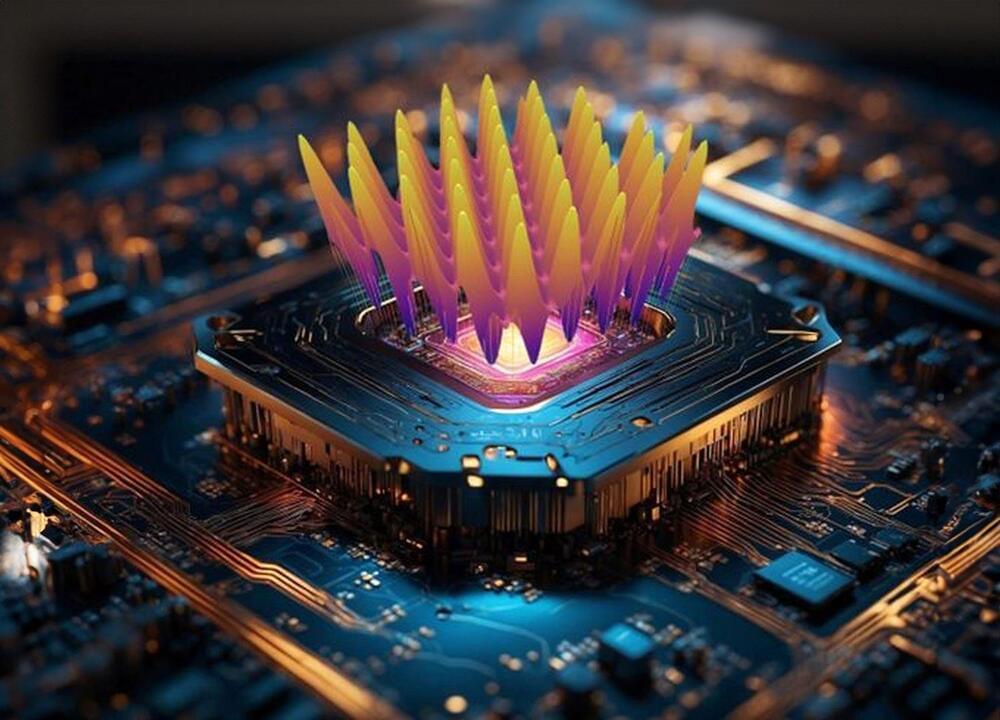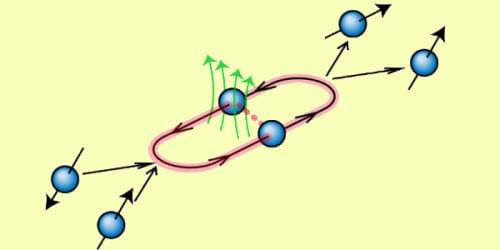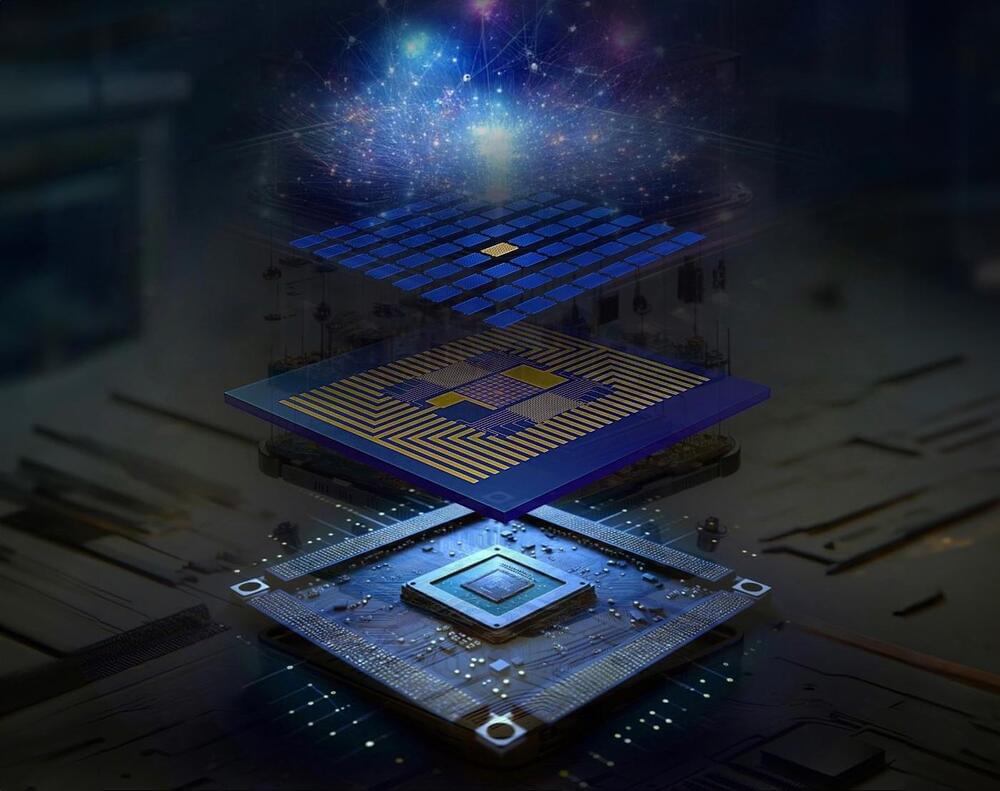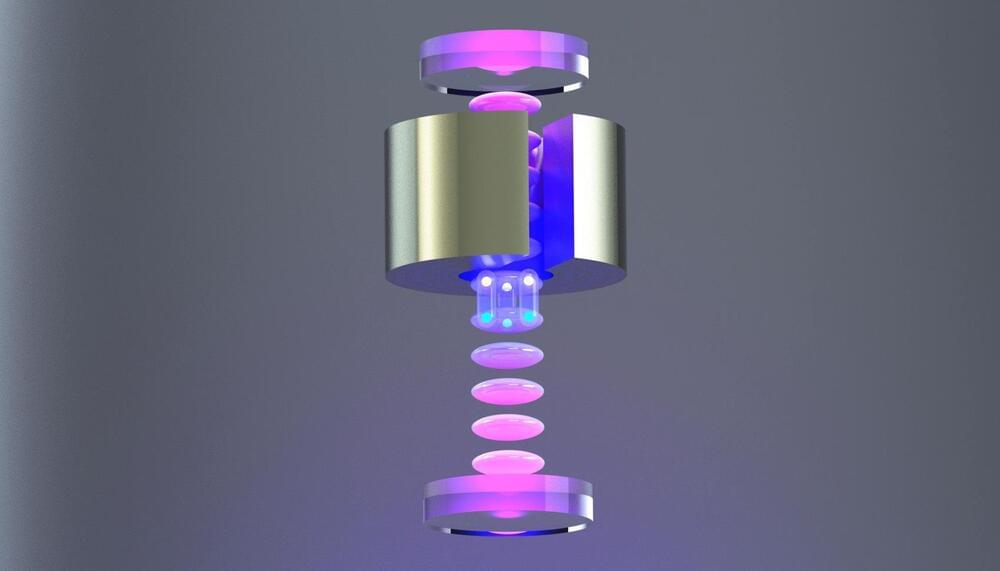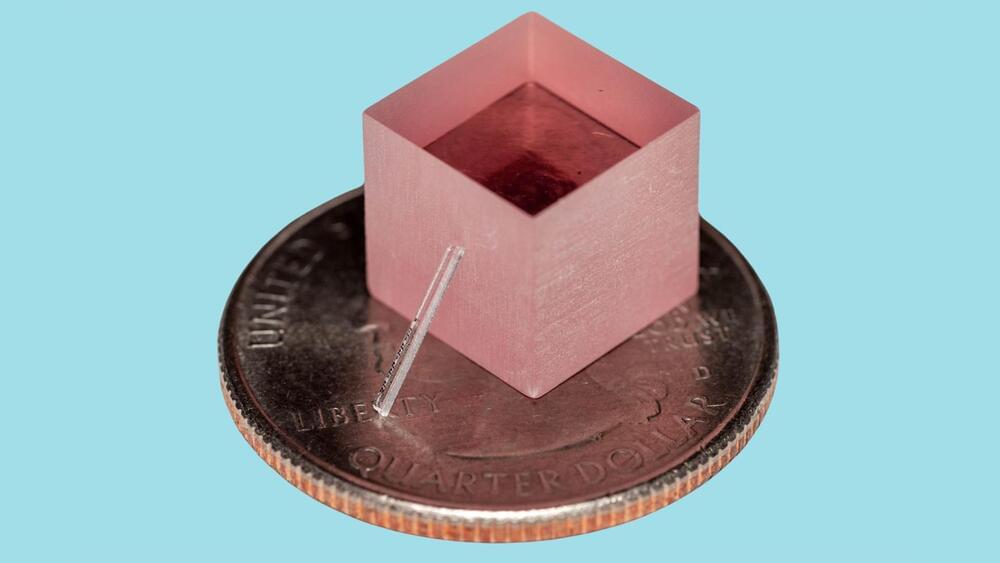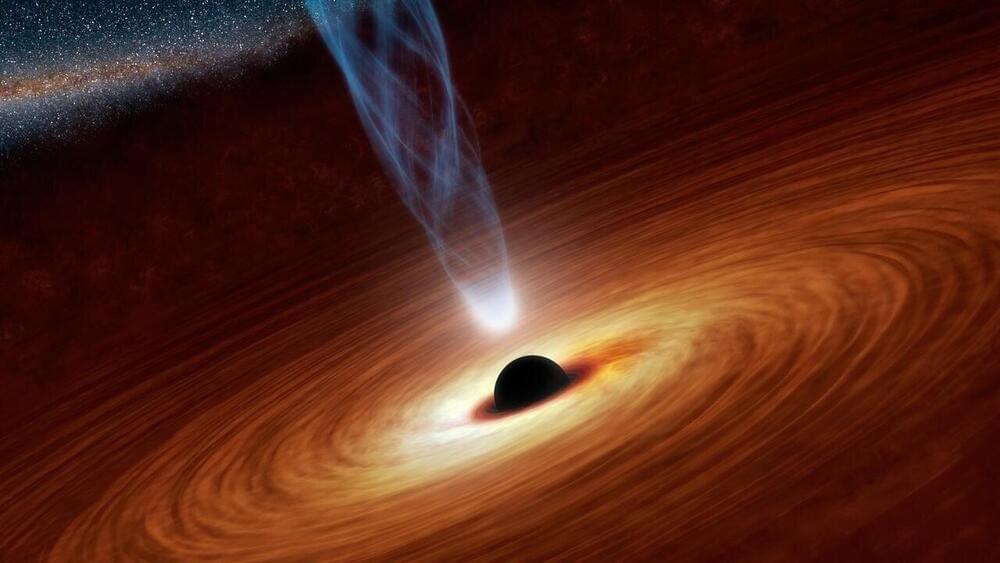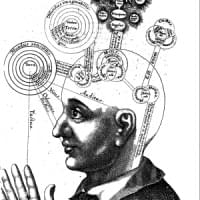Jun 30, 2024
Rare form of quantum matter created with molecules for first time
Posted by Paul Battista in categories: particle physics, quantum physics
Scientists have produced a rare form of quantum matter known as a Bose-Einstein condensate (BEC) using molecules instead of atoms.
Made from chilled sodium-cesium molecules, these BECs are as chilly as five nanoKelvin, or about −459.66 °F, and stay stable for a remarkable two seconds.
“These molecular BECs open up an new research arenas, from understanding truly fundamental physics to advancing powerful quantum simulations,” noted Columbia University physicist Sebastian Will. “We’ve reached an exciting milestone, but it’s just the kick-off.”


